I went to go see the films Blue God part 1 and 2 by Carl1 at Spectacle theater in Williamsburg. What first struck me was how little information there was about the film besides the trailer on the theater’s website.
The first film starts out with two school girls hanging out on a roof and talking with each other. There is atmospheric music but the dialogue is shown through text on monochrome frames like old silent movies, making it hard to know which character is talking. The lack of audible dialogue is a feature of both films, besides a scene in the second part. The two school girls talk about being tired of everyday life, finding it mundane and repetitive. They decide to run away and scenes of them walking through streets at nighttime follow until they eventually reach a beach where the first part ends on a long shot of the sky as it transitions from day to dusk.
The Second part is more abstract as it follows the school girls as they perform a ritual to summon the “Blue God” in a series of scenes. One scene features an older woman who cryptically speaks english set in a classroom where one of the school girls cuts the head off a chicken, the camera paying attention to the dripping blood. The second part of the film depicts the two school girls as they get infatuated with the indifferent and male, Blue God. There are many shots of the schools girls moving in unison. One of the school girls eventually performs a sex act with the Blue God, prompting the other girl to run to a cliff’s edge, the camera work and editing implying suicide.
After seeing the movie I was left confused about the meaning of the second part. The first was seemingly about the naivete of adolescence as the two girls seek to escape a modern world, that is in their opinion, too predictable and suffocating. After talking to my friend who I went to see the movie with the second part came to make more sense to me as he saw the films as an allegory for sexual maturity and growing up. The two girls act as representations of one person, the one who eventually commits suicide being the other’s innocence. This is apparent with the many shots of both girls moving in unison, essentially unifying them as representations of one person. The focus on the blood and the school room setting of the second part makes one think of the moment of having one’s first period. The death of innocence follows the girl’s first sexual experience, which essentially overshadows the naive and childish want for escapism that is presented in the first part.
After coming to this conclusion I came to appreciate the film a lot more, even though there is a lot of imagery and apparent symbolism that I didn’t pick up on. I was struck by the beautiful cinematography of the films; the first part features many tight shots of building walls that match the color of their surroundings and create interesting geometrical patterns in the layout of stones and tiles. The music used in the film is very atmospheric which made the whole project feel more like an art piece than a film. There are moments that dragged and felt like the creator was making them that way in order to have the film be more ‘artsty.’ Overall I enjoyed the film, I was really interested in the concept of making puberty into a surreal an metaphysical journey. As a moment that changes a person both physically and emotionally, puberty is in a way an event that feels jarring, awkward, and transformative.
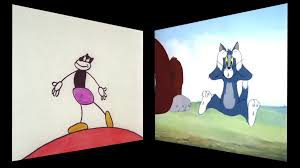
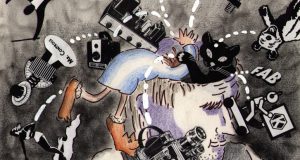
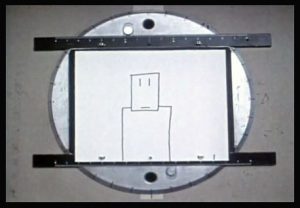
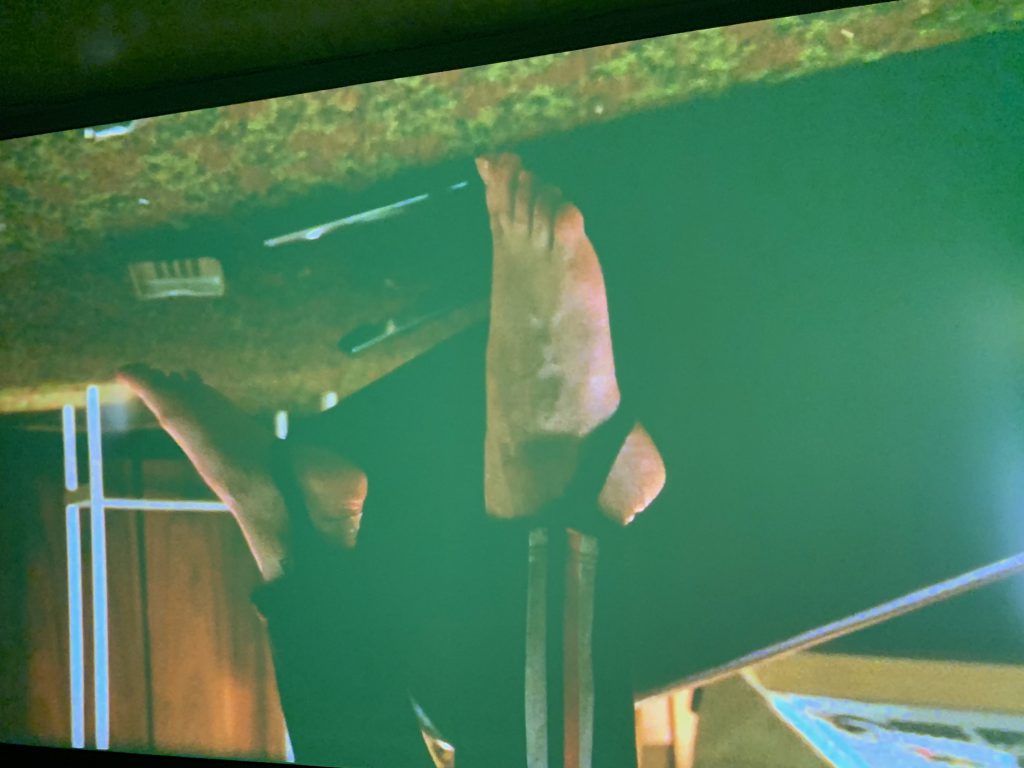
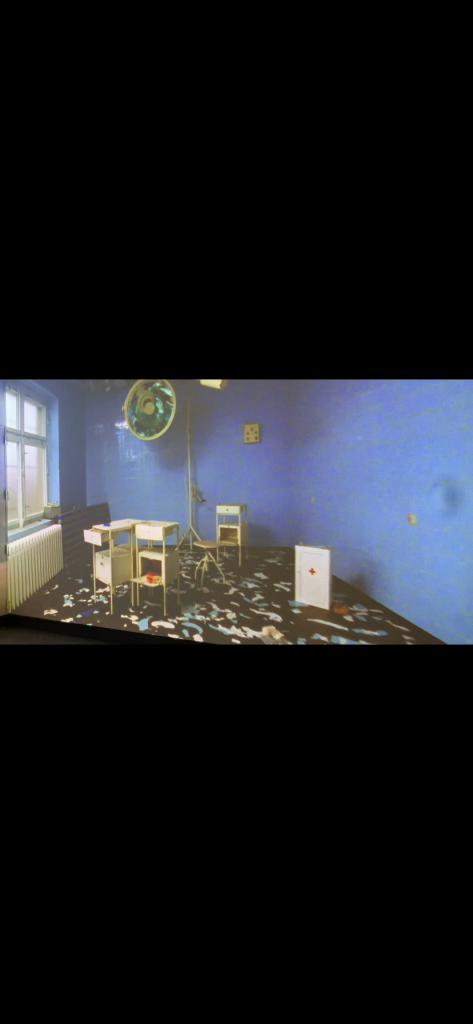
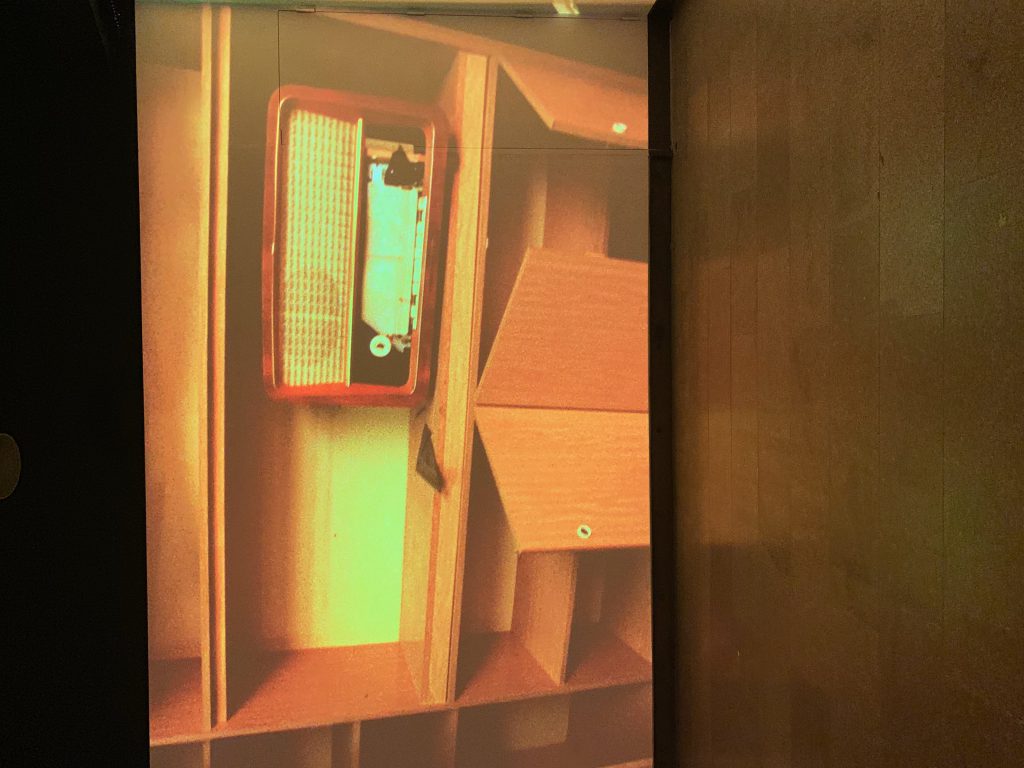
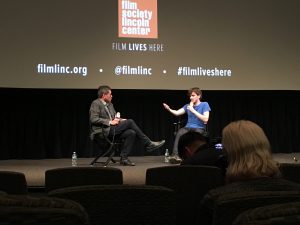
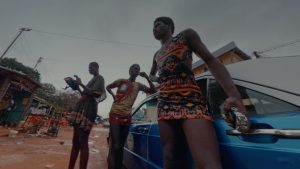 I saw lots of abrupt cuts, unique angles and replacements of cameras, and less explanations. All the films focus on young males and how they interact with each other. The shared theme among the three pieces seemed to be nature, plants, and fruits such as boys hanging out in abandoned buildings, cave, and around their houses. The locations of the shoots are different for each film including Argentina, France, and Vietnam. However, the director did not use conventional texts indicating time and location or personalize characters. It actually depersonalizes the image and characters. I started to realize there are more similarities than differences among people all over the world. Third piece was very interesting and experiments with the boundaries of repetitions where sounds get extremely overwhelmed. All of the sounds are juxtaposed two sentences starting “Seems like A is B” and last throughout the entire film. Moreover, image the filmmaker chosen to go along with the sentences are footage taken from 360 degree GoPro attached to roller skaters and men dressed as women cruising a town with their car. Again, no explanations to those characters at all and the image seem to be pretty much observational.
I saw lots of abrupt cuts, unique angles and replacements of cameras, and less explanations. All the films focus on young males and how they interact with each other. The shared theme among the three pieces seemed to be nature, plants, and fruits such as boys hanging out in abandoned buildings, cave, and around their houses. The locations of the shoots are different for each film including Argentina, France, and Vietnam. However, the director did not use conventional texts indicating time and location or personalize characters. It actually depersonalizes the image and characters. I started to realize there are more similarities than differences among people all over the world. Third piece was very interesting and experiments with the boundaries of repetitions where sounds get extremely overwhelmed. All of the sounds are juxtaposed two sentences starting “Seems like A is B” and last throughout the entire film. Moreover, image the filmmaker chosen to go along with the sentences are footage taken from 360 degree GoPro attached to roller skaters and men dressed as women cruising a town with their car. Again, no explanations to those characters at all and the image seem to be pretty much observational.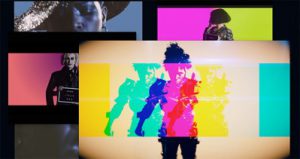
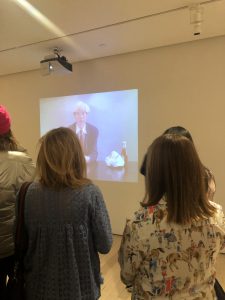
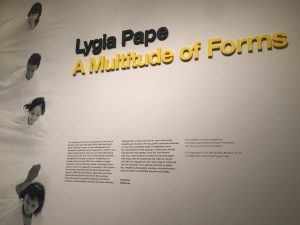 am a huuuuuuge minimalist. I;m not saying her work is totally minimalistic, but it definitely had that kind of impact on me. Each piece was so simple, yet intricate at the same time.
am a huuuuuuge minimalist. I;m not saying her work is totally minimalistic, but it definitely had that kind of impact on me. Each piece was so simple, yet intricate at the same time.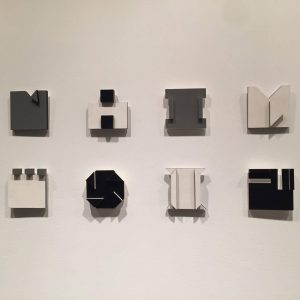
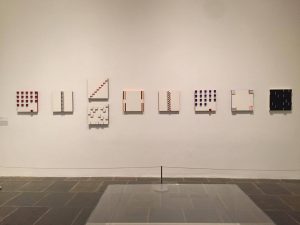
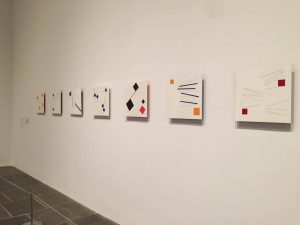
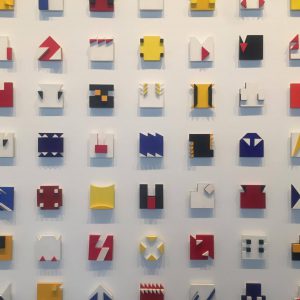
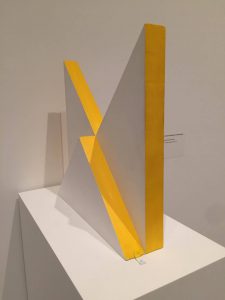 t honestly, it’s just one of those pieces I adore without much analysis. It’s aesthetically pleasing and I would love to take it home. I forgot what it was called, but nevertheless, I loved it.
t honestly, it’s just one of those pieces I adore without much analysis. It’s aesthetically pleasing and I would love to take it home. I forgot what it was called, but nevertheless, I loved it.